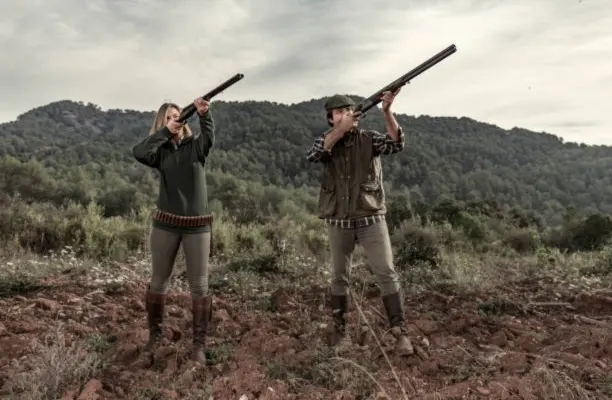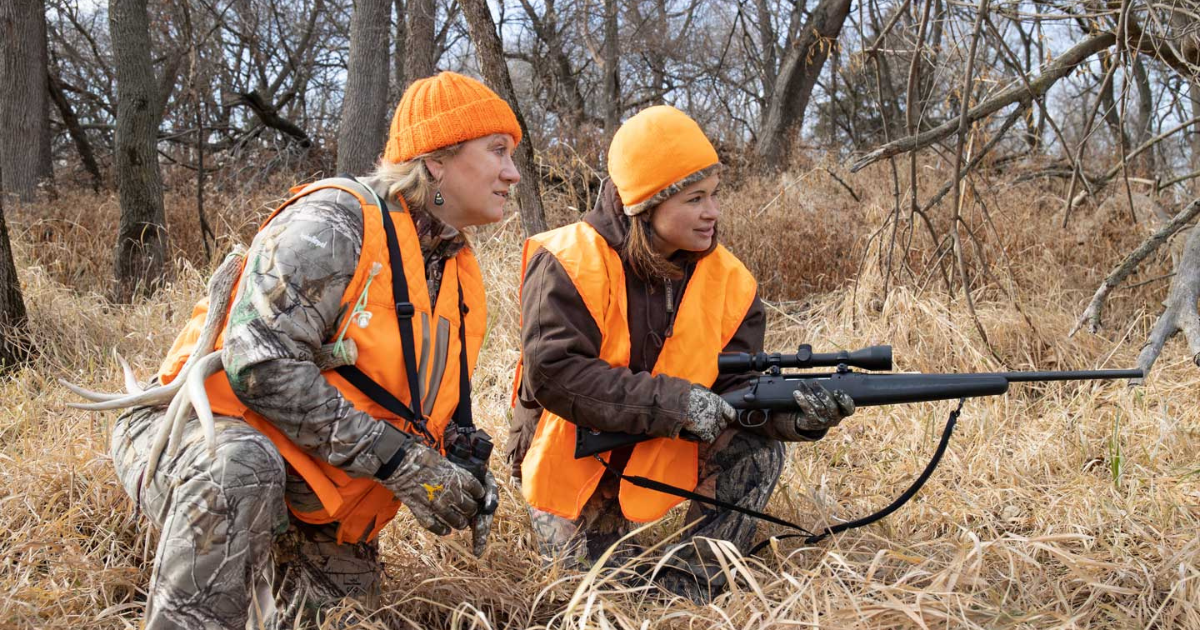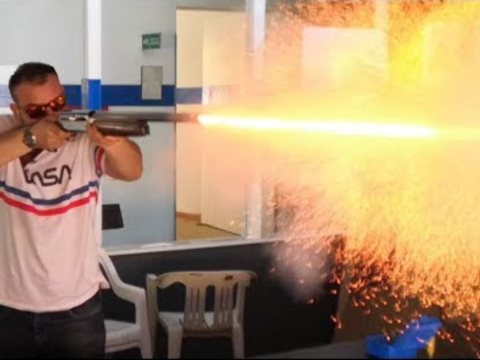Firearms, through their evolution, have played a pivotal role in shaping history. From the single-shot muskets of yesteryears to the repeating rifles of today, each development brought forth significant changes in warfare, hunting, sport, and law enforcement. Following are the differences between single-shot and repeating firearms, exploring their mechanisms, historical significance, advantages, disadvantages, and modern adaptations.
Table of Contents
Mechanism and Design
Single-shot firearms, as the name suggests, can hold and fire only one round at a time. After each shot, the user must manually reload the firearm before it can be fired again. Examples of such firearms include the early muskets and rifles. On the other hand, repeating firearms have a mechanism that allows them to hold multiple rounds of ammunition and fire them in quick succession.
This is accomplished through various actions. There are two basic styles of firearm action, each with its unique mechanism and application. Some popular examples of repeating firearms are the Winchester Model 1873 lever action rifle and the Glock 19 semi-automatic handgun.
Repeating firearms, on the other hand, have a magazine (a storage location for multiple rounds of ammunition) built into the design. After each shot, the mechanism of the firearm automatically readies the next round from the magazine, saving the user from manual reloading. This design allows for a faster rate of fire compared to single-shot firearms, making them suitable for hunting and combat scenarios.
Historical Significance
The advent of firearms revolutionized warfare, hunting, and sport. Single-shot firearms like the “Brown Bess” musket were the mainstays of early armies. However, their slow reloading times often left soldiers vulnerable. This led to the development of repeating firearms like the Winchester rifle, which played a crucial role in shaping the American West and became known as the “Gun that Won the West.”
In addition to warfare, repeating firearms also had a significant impact on hunting. The increased rate of fire allowed hunters to take down multiple animals or targets without having to stop and reload. This not only made hunting more efficient but also led to a decline in the population of certain species.
The invention of repeating firearms marked a significant turning point. They provided soldiers with a faster rate of fire, profoundly impacting warfare strategies. Firearms like the Colt Peacemaker and the Winchester Model 1873 heralded a new era of rapid-fire weaponry, dramatically increasing a soldier’s firepower on the battlefield.
Advantages and Disadvantages
Single-shot firearms have the advantage of simplicity and reliability. With fewer moving parts, there’s less that can go wrong mechanically. Moreover, they’re often lighter and less expensive than their repeating counterparts. However, their major disadvantage is the slow rate of fire, making them unsuitable for rapid combat situations.
On the other hand, repeating firearms have a higher rate of fire and increased ammunition capacity. This makes them more suitable for combat scenarios where speed and firepower are crucial. However, these advantages come at a cost. Repeating firearms are often bulkier, heavier, and more complex than single-shot firearms, making them more expensive and challenging to maintain.
Repeating firearms, however, offers the significant advantage of a higher rate of fire. This makes them more effective in situations requiring rapid or sustained fire, such as in warfare or law enforcement scenarios. However, they tend to be more complex, heavier, and costlier.
Modern Uses and Adaptations
While the single-shot firearm may seem obsolete compared to its repeating counterpart, it still holds a place in the modern world. They’re often used for hunting and sport shooting, where the emphasis is more on accuracy and less on rapid fire. There are also modern adaptations of single-shot firearms, such as the break-action shotgun or the Ruger No. 1 rifle, which have gained popularity in recent years.
Repeating firearms, being more versatile, are widely used in various fields. They’re commonplace in military and law enforcement, but also popular amongst civilians for self-defense and sports shooting. Modern advancements have also led to the development of more sophisticated repeating firearms, such as fully automatic weapons and high-capacity semi-automatic handguns.
Examples of Single-Shot and Repeating Firearms
The “Brown Bess” was a British army musket used in the 18th and early 19th centuries. As a single-shot firearm, it played a significant role in many historical battles.
The Kentucky Rifle, another single-shot firearm, was renowned for its accuracy and was a favored firearm of American frontiersmen.
The Colt Peacemaker, also known as the Colt .45, became one of the most famous repeating firearms. It was a favorite among cowboys and lawmen in the American West.
The M1 Garand, a semi-automatic rifle used by the United States military during World War II, is an example of a repeating firearm that played a crucial role in shaping modern warfare.
The Winchester Model 1873, often referred to as “The Gun that Won the West,” was a repeating rifle that saw widespread use during the American frontier days. It was known for its durable design and reliability.
Frequently Asked Questions
- What is the difference between single-shot and repeating firearms?
Single-shot firearms can hold and fire only one round at a time. After each shot, you must manually reload the firearm. Repeating firearms, on the other hand, can hold multiple rounds of ammunition and fire them in quick succession without manual reloading.
- What is the historical significance of repeating firearms?
Repeating firearms revolutionized warfare and hunting with their rapid rate of fire. Famous examples like the Winchester Model 1873 played key roles in historical events and contributed to the shaping of the American West.
- What are the advantages and disadvantages of single-shot and repeating firearms?
Single-shot firearms are simple, reliable, lighter, and less expensive but have a slow rate of fire. Repeating firearms offer a higher rate of fire and increased ammo capacity, but they are heavier, more complex, and costlier.
- How are single-shot and repeating firearms used in modern times?
Single-shot firearms are often used for hunting and sport shooting, emphasizing accuracy over rapid fire. Repeating firearms are used extensively in the military, law enforcement, and civilian self-defense due to their speed and firepower.
- Can you give examples of famous single-shot and repeating firearms?
The “Brown Bess” musket and the Kentucky Rifle are famous single-shot firearms. The Colt Peacemaker, the M1 Garand, and the Winchester Model 1873 are well-known repeating firearms. Overall, both single-shot and repeating firearms have played significant roles throughout history and continue to do so in modern times. Their impact and importance cannot be understated, making them a crucial part of our collective human story.
Conclusion
Firearms have come a long way from the single-shot designs of the past. Today, repeating firearms dominate the landscape due to their superior firepower and convenience. However, the single-shot firearm, with its simplicity and reliability, still maintains its place, reminding us of the origins and evolution of firearms. Whether it’s a single-shot or repeating, each firearm has its unique historical and practical significance, contributing to the rich tapestry of firearm history.






